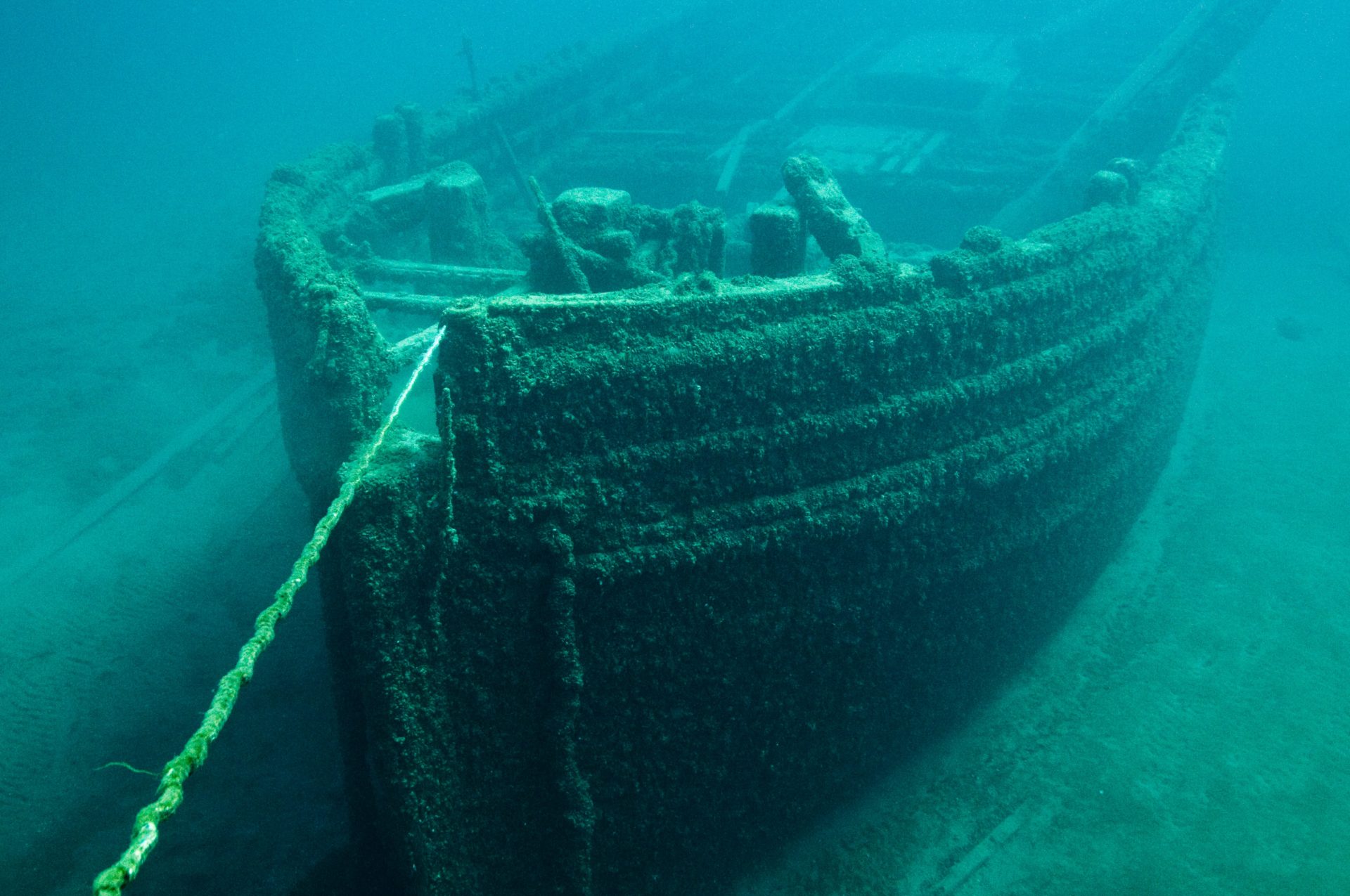What to do if your ship is sinking
Recently Shackleton’s ship, the Endurance, was found at the bottom of the Weddell Sea, over 100 years after he ordered his expedition crew to abandon it in October 1915. The stills and video footage from the expedition are astonishing. You can see actual 1915 footage of the ship beginning to collapse here. You can read the story and see video of this year’s discovery here.
After the ship sank, the expedition survived in tents on the ice, then experienced a terrifying journey in lifeboats to a rocky island in the South Atlantic. They were finally rescued after Shackleton himself, along with a small crew, took an impossible 800-mile journey in a 21-foot boat to South Georgia Island to get help. All 27 came back alive.
Shackleton and his men had no choice but to go on, other than to choose to go down with the ship or freeze to death on the ice. Shackleton’s remarkable leadership made it possible for them to survive without a life lost. See Caroline Alexander’s wonderful book “The Endurance: Shackleton’s Legendary Antarctic Expedition” (Knopf, 1999) for the whole story and many photos. This was nothing more than leading in a harsh climate.
Leadership today seems like leading in a harsh climate, especially over the last two years. Our institutions are creaking and cracking, just like the Endurance. Sometimes the buildings themselves are cracking. They consume large amounts of resources, both time and money, especially money.
However, some decisions will have to be made. The Economist recently published an article about the challenges churches and other faith communities will face going forward in relation to their buildings.
Yet it’s not only the buildings. The powerful patterns of doing things the way we’ve always done them are just as challenging to change. The churches that rebuilt exactly the same building seem like outliers, but they’re not. One pastor told of reorganizing the structure to get rid of the old, cranky trustees, and the new, ostensibly different finance team started acting the same way. The past is present, the old ways persist.
When our very lives seemed at stake, at the height of COVID-19, it was easier to make substantial changes. Now, many churches are reverting to old patterns, or members are pressuring leaders to do so. Pastors are telling me people say, “When are we going to go back to [fill in the blank]?”
What’s a leader to do? Here are three ways Shackleton’s example can be useful for church leaders today:
He paid attention to relationships. He made tent assignments accordingly; he challenged and buttered up the men as he thought they needed. When someone flagged, he would order a hot drink for the crew. He knew that comfort mattered, even when there was precious little comfort available. Knowing when to challenge and when to comfort is an essential art for church leaders, too. You can’t make the world or the church return to pre-COVID times, but you can be compassionate to those who are struggling. That doesn’t mean you let them get away with just anything, though.
He took a stand with difficult people. Shackleton even faced down a mutiny that could have meant disaster for everyone. We can be surprisingly tolerant of bad behavior at church, thinking that shows a Christian spirit of love. But Paul didn’t hesitate to call people out in his letters and challenge them to do better. He called out “You foolish Galatians!” (Galatians 3:1) and wrote “I urge Euodia and I urge Syntyche to be of the same mind in the Lord.” (Philippians 4:2)
He was always clear on his purpose. to get everyone back alive. Everything he did was in the service of that purpose. It seemed impossible. In church, it’s not always as clear what our purpose is. But each leader can ask, “What’s my purpose?” You can draft a short-term purpose and revise as needed. I recommend to the pastors I work with that they develop a 90-day purpose. It’s more manageable than a year. Even if your church doesn’t seem to have a clear purpose right now, you can work on your own. That clarity will help everyone in your church.
We’re not on a life-threatening exploration gone wrong. However, church leaders face real challenges now and going forward. Following Shackleton’s example by attending to relationships, setting limits as needed, and keeping your purpose in mind won’t make the journey easy. It won’t guarantee you can maintain your programs or your building as they have been. But it will help you navigate this time ahead with clarity and grace.
The views expressed are those of the author and not necessarily those of American Baptist Home Mission Societies.




